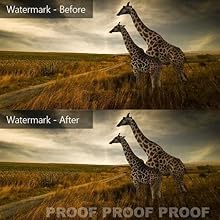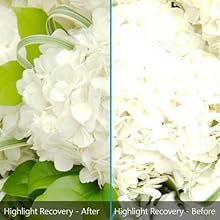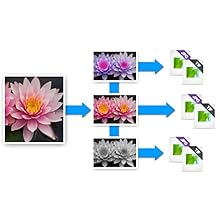
Corel AfterShot Pro 3 | RAW Photo Editing Software [PC/Mac Key Card]
3.2 | 71 ratings
Price: 79.99
Last update: 03-27-2025
About this item
Non-destructive photo editing: Manage and edit your RAW photos with this powerful and ultra-fast photo editor
Simple photo management: With no importing required, conveniently view, store and organize all your photos in one place
Powerful batch processing: Load, select, edit and output your photos quickly with controls and presets that allow you to edit one or thousands of photos at once
Time-saving tools: Watermark, correct, remove blemishes and more with integrated tools; image presets automate tedious and repetitive processing work
Get complete control with a personalized workflow: Customizable workspace, easy integration with photo editors, built-in support, and shareable web galleries
Simple photo management: With no importing required, conveniently view, store and organize all your photos in one place
Powerful batch processing: Load, select, edit and output your photos quickly with controls and presets that allow you to edit one or thousands of photos at once
Time-saving tools: Watermark, correct, remove blemishes and more with integrated tools; image presets automate tedious and repetitive processing work
Get complete control with a personalized workflow: Customizable workspace, easy integration with photo editors, built-in support, and shareable web galleries








